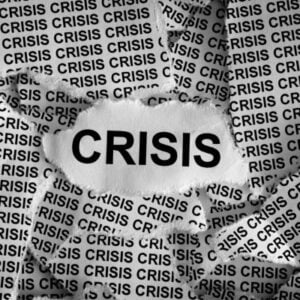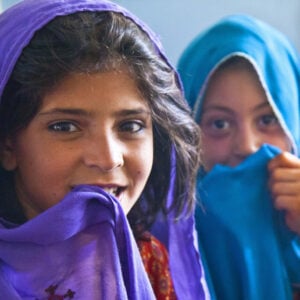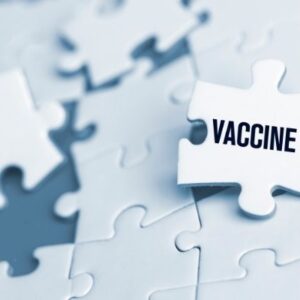A Save the Children analysis released on the International Day of the Girl reveals that approximately 167 million adolescent girls are among those worst affected by global aid cuts in 2025, particularly in countries with the widest gender equality gaps. Of the 20 countries most severely impacted, 17 are ranked as having ‘poor’ or ‘very poor’ gender equality on the SDG Gender Index. Girls in countries such as Jamaica, Eswatini, and Namibia are experiencing the greatest reductions in per capita country programmable aid, limiting their access to education, protection, and other essential services, and increasing their risk of violence and exclusion.
The aid reductions come in a year already marked by crises, with over 3.5 million adolescent girls affected by natural disasters and 122 million living in fragile or conflict-affected areas. Global aid has fallen about 14%, translating to a loss of US$22 billion in essential programmes and humanitarian support, further undermining girls’ opportunities to realize their rights. The situation is especially critical in countries where gender equality is weakest, and where existing barriers to education and safety are exacerbated by funding cuts.
Personal stories illustrate the real impact of these reductions. Sixteen-year-old Maria, living in a refugee camp in Tanzania, dreams of becoming a neurosurgeon but struggles to continue her education due to the loss of school services and resources such as notebooks and sanitary supplies. Teachers report declining attendance, increasing dropouts, and worsening academic performance among girls as a direct consequence of the aid cuts.
Save the Children emphasizes that these funding reductions compound existing inequities, placing girls at heightened risk of violence, inequality, and exclusion. Inger Ashing, CEO of Save the Children International, stressed that global leaders, governments, and corporate actors must invest in girls to secure gender equality and broader social development. At the current pace, a girl born today would have to wait until her 97th birthday to experience true equality.
The organization continues to work worldwide to empower girls through access to education, participation in decision-making, and gender-responsive services, while advocating for policies and accountability measures that support girls’ rights. This analysis underscores the urgent need for sustained investment in girls, particularly in countries facing the deepest gender inequalities and steepest aid reductions.







